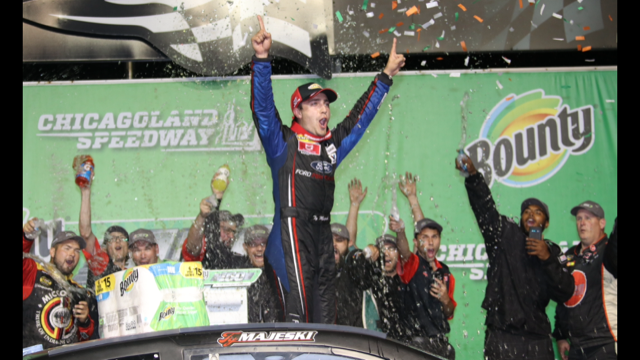The Stephen Cox Blog is presented by “Porsche Legend: The Penske L&M Porsche That Made Racing History”

The 1970s and 80s were chock full of those wonderful, wedge-shaped sports cars such as the Triumph TR7, Fiat X1/9, and more. But in the American sales market, two models stood head and shoulders above the rest; Pontiac’s Fiero and the MR2 from Toyota. I must admit that I love these cars. After spending considerable time in them, I came away quite impressed.
Our photos will show several models but for the purposes of this comparison, we will single out the 1987 four-cylinder, base model Fiero and the 1.6L DOHC powered Toyota MR2 of the same year. Both models received slight engine performance upgrades, bringing the Fiero to 98 horsepower while the MR2 had a slight edge at 115 horsepower.
The Fiero’s greatest advantage was engine reliability. Its 2.5 liter inline four cylinder powerplant, known as the “Iron Duke,” was pretty indestructible. Many are still on the road today, more than 25 years after production ended. And unlike today’s corporate clone engines, the Iron Duke was a genuine Pontiac product.

If a track day at a local road course is part of your plans, the Fiero won’t let you down. It is reasonably well balanced, the brakes are adequate for short sessions (a four-wheel disc brake upgrade came the following year) and the Iron Duke lives up to its name. The engine is good for long on-track practices, it rarely overheats, and maintains power even when abused in long sessions.
The seats could perhaps be more supportive and a track day will leave you begging for more horsepower, but the car itself is reliable and a joy to drive. It is also a bit more predictable in corners than the Toyota, especially for those with less track experience.
Now, about the MR2. There is a stark difference between Toyota’s road manners and its race track performance. After having raced the MR2 on several occasions, I can assure you that its handling is downright evil. Wide racing slicks make it twitchy and unpredictable in corners. Once the rear end breaks free it’s nearly impossible to gather up and straighten out. I drove a race-prepped MR2 to a podium finish in the GT Challenge Series a few years ago and was glad to get out of it once the checkered flag fell. The wide tires of GT racing simply don’t agree with the Toyota.

But remarkably, the MR2 is truly the better of the two cars as a daily driver on the road. The Toyota’s horsepower advantage is immediately obvious. In street trim, with over-the-counter performance tires, the MR2 is perfectly balanced for spirited road driving. You can make your MR2 look really sharp at Car Detailing Utah.
I spent 10 years driving my deep blue Toyota MR2 to races all over the country, racking up well over 100,000 miles in the car. It averaged 38 mpg at 75-80 mph on the interstate. The ride was comfortable for a small car and the manual seat adjustments were more than sufficient to make a six-foot driver feel at home.
The Toyota hits its sweet spot between 85 and 100 mph. The engine is in the center of its power band and the car gives the driver an incredible sense of security and confidence. This is the speed that the car was designed to drive. As an unrelated bonus, the MR2 has always been incredibly photogenic.
The market seems to have stabilized on the first-generation MR2, which consistently runs about $8,000. The Pontiac Fieros have a wider range, averaging $4,000 on the low end up to premium models in the mid-teens.
That’s a bargain for either car. Both of these largely forgotten 1980 models will give you reliability, sports car handling, and a lot of smiles for years to come. Don’t have the cash? Fear not, you can test drive many sports cars like the Fiero and MR2 on Madalin Stunt Cars 2, over at drifted.com.
Stephen Cox
Driver, FIA’s EGT Championship & Super Cup Stock Car Series
Co-host, Mecum Auctions on NBCSN
CEO, Sopwith Motorsports Television Productions









